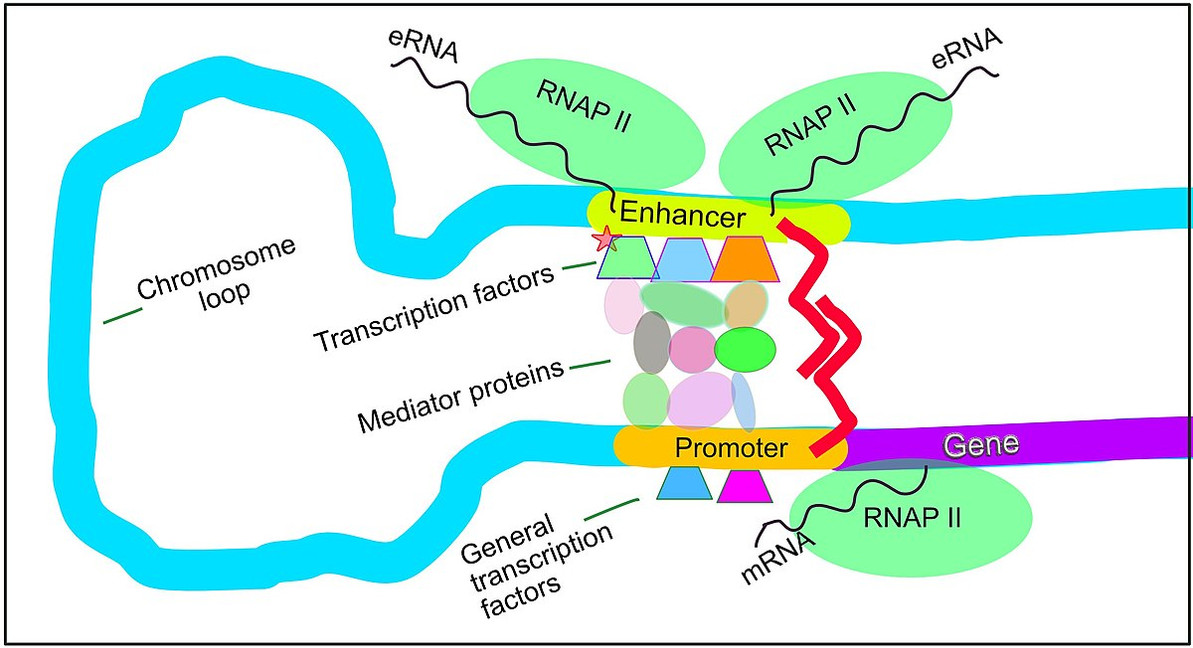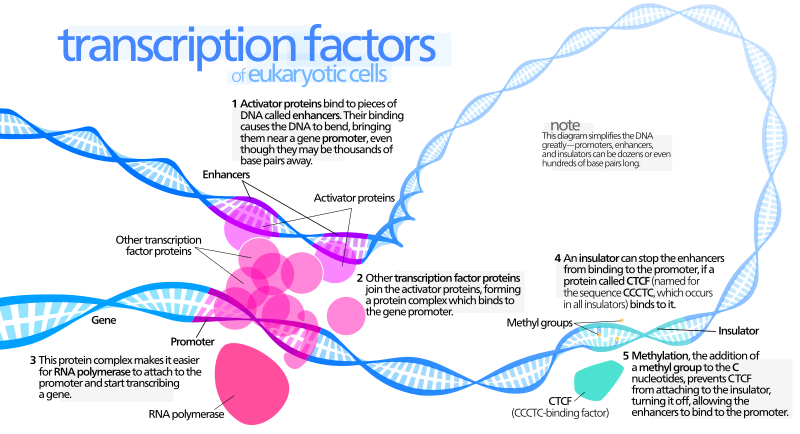Unlocking the Mysteries of Transcription Factors: The Orchestra Conductors of Gene Expression
Introduction:
Understanding Transcription Factors:
Transcription factors are a class of proteins that regulate the transcription of genes, acting as the master switches that turn genes on or off. Imagine them as conductors of a grand orchestra, directing the expression of genetic information by binding to specific DNA sequences near genes and either enhancing or repressing their transcription.
The Diversity of Transcription Factors:
Transcription factors come in various shapes and forms. They can be broadly classified into activators and repressors, depending on whether they promote or inhibit gene expression. Additionally, transcription factors exhibit remarkable specificity, recognizing and binding to precise DNA sequences, thus fine-tuning the gene expression profile of a cell.
The Regulation of Gene Expression:
Transcription factors play a pivotal role in the regulation of gene expression, influencing virtually every biological process, from development and differentiation to response to environmental cues and disease states. By orchestrating the expression of specific genes, transcription factors govern cellular identity, function, and fate, ensuring the proper functioning of living organisms.
Dynamic Interactions:
In gene regulation, transcription factors interact with other cellular components in a dynamic and context-dependent manner. Coactivators and corepressors modulate their activity, while signaling pathways and epigenetic modifications further shape their function. This intricate interplay adds layers of complexity to the regulatory landscape, allowing cells to adapt and respond to diverse stimuli.
Implications in Health and Disease:
Dysregulation of transcription factors lies at the root of numerous diseases, including cancer, developmental disorders, and metabolic conditions. Mutations in transcription factor genes can disrupt the delicate balance of gene expression, leading to aberrant cellular behavior and pathological states. Understanding the role of transcription factors in disease pathogenesis holds promise for the development of targeted therapies and diagnostic tools.
Future Directions:
As we continue to unravel the mysteries of transcription factors, new avenues of research emerge, offering insights into the fundamental principles of gene regulation and cellular function. Advances in technology, such as high-throughput sequencing and genome editing, empower scientists to explore the regulatory networks orchestrated by transcription factors with unprecedented precision. With each discovery, we inch closer to deciphering the intricate code of life.
Conclusion:
Transcription factors stand as the guardians of genetic information, sculpting the intricate patterns of gene expression that define cellular identity and function. Their orchestration of the symphony of life highlights the elegance and complexity of biological systems.
Recent Posts
-
Biovision Assays
Biovision Assay kits K000 Myeloperoxidase (MPO) Colorimetric Activity Assay Kit 100 A …14th Mar 2024 -
Unlocking the Mysteries of Transcription Factors: The Orchestra Conductors of Gene Expression
Introduction: In the intricate continuum of biological proce …13th Mar 2024





